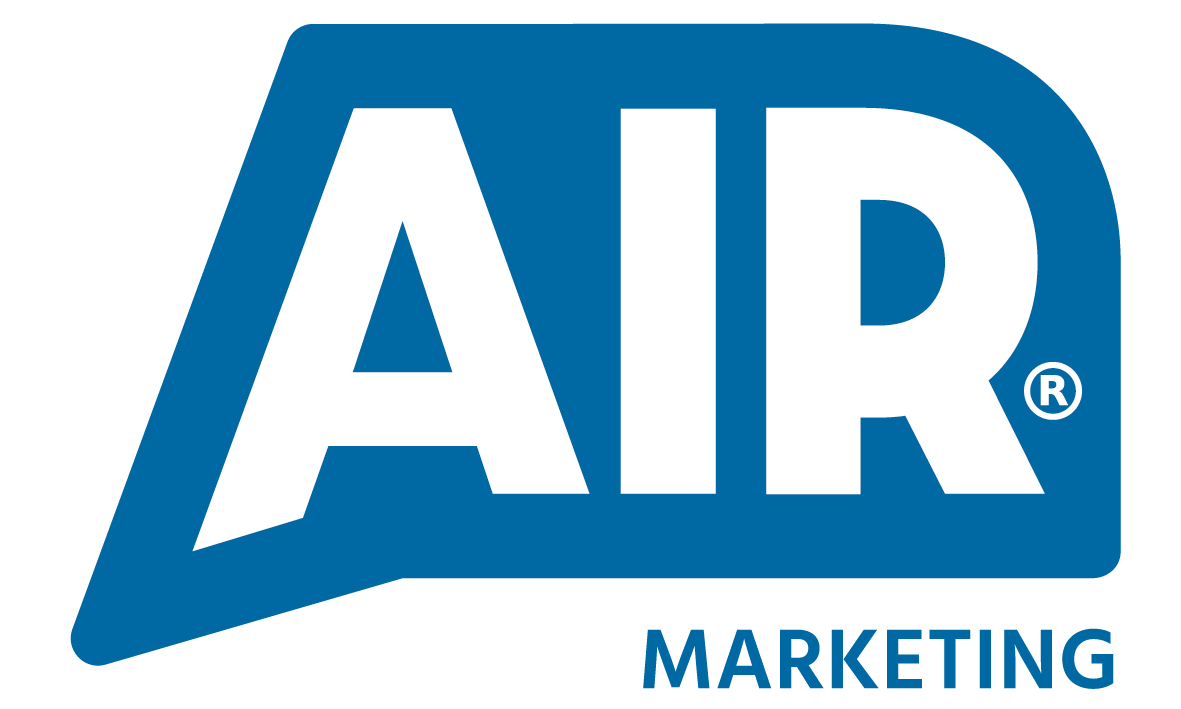Every few years, someone writes its obituary. The market moves. Budgets tighten. A new technology promises shortcuts. And yet, outbound keeps delivering.
It happened in 2020, when remote work and shifting priorities made cold outreach feel tone-deaf. It happened again in 2023, when leaders were told to do more with less. And now, in 2025, AI is the latest silver bullet pointed at SDR teams, hailed as the cheaper, faster, smarter alternative.Each time, the same story plays out: outbound gets cut first, then rebuilt later. Because when the pipeline slows, every business rediscovers the same truth: you can’t grow predictably without outbound.
Why outbound keeps coming back
On a spreadsheet, cutting SDRs looks tidy. In the real world, it creates a different cost: the cost of silence. Inbound puts you in front of buyers who are already looking. Outbound gets you in front of the ones who should be.
- Creates net-new conversations with accounts that aren’t coming inbound yet.
- Brings timeliness – you don’t wait for intent signals; you create them.
- Builds reach across buying groups where deals are won (or quietly lost).
The problem isn’t outbound – it’s bad outbound
Much of what gets labelled “outbound” is just mass automation. That isn’t strategy, it’s noise. Effective teams treat outbound as a craft.
- Precise ICP & segmentation over spray-and-pray lists.
- Human talk tracks that show understanding, not just personalisation tokens.
- Consistency and coaching that compound into pipeline, not just activity.
AI won’t replace SDRs – it’ll expose weak ones
AI will sharpen research, trigger detection and message drafting. Useful. But the decisive moment is still human: a relevant opener, control of the conversation, confident qualification.
What high-performing outbound looks like in 2025
- Clean, segmented data with role and timing context.
- Tight talk tracks focused on pain, impact and next step.
- Phone-first discipline supported by email, social and paid, not replaced by them.
- Outcome metrics: meetings, opportunities, revenue, not just dials and opens.
Final thought
Every few years, someone will try to retire outbound. The businesses that keep growing don’t argue, they execute. They modernise the function, back their people, and keep the phone ringing.
Opinion piece by Gracie-May Bryan, Client Strategy Manager at Air Marketing



